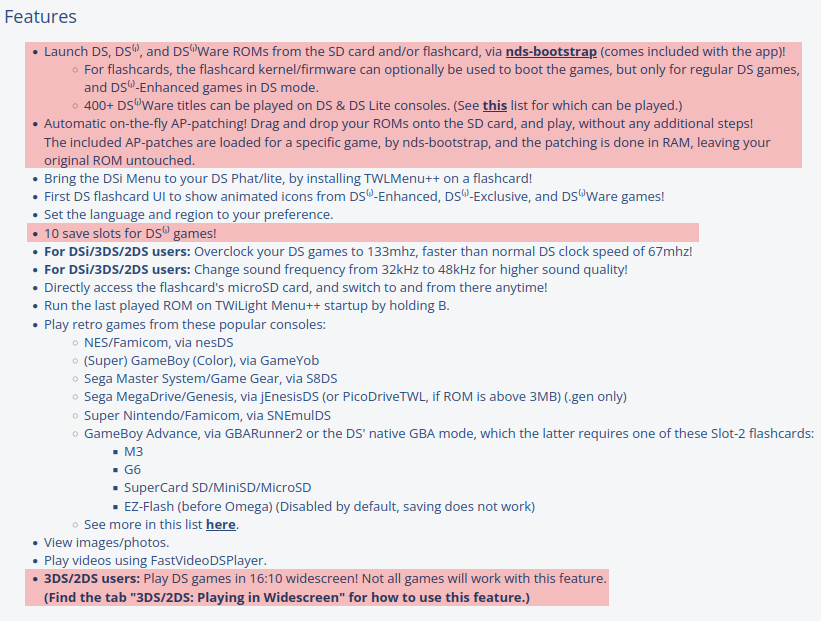Actually, after some discussion in the gbadev discord server, what I understand is:
DSi mode doesn't exist as such. You simply run on a DSi, and you have access to features depending on the value of the SCFG registers. For example, some features can be used from loaders that setup an "incorrect" "DS mode" because the features simply aren't locked down: https://github.com/devkitPro/libnds/pull/32 https://github.com/devkitPro/libnds/issues/23
Even if "DSi mode" doesn't exist, I still believe it is a useful abstraction. Essentially, as a homebrew developer, your ROM will normally get loaded in either a DS or a DSi. If it gets loaded in a DSi, it will either get loaded in a mode that only allows DS access (like from a slot 1 flashcard) or a mode that allows full DSi access (like from unlaunch).
Do we want to support modes in between? If we do, we need to start adding checks for specific features in a few places (not that many, to be honest). The main issue, however, is that all DSi features are hidden in twl code/data RAM sections. So, theoretically, could you run in a DSi where you have access to everything except to the extended RAM? It would make no sense. Or we could load all the code to regular non-twl sections, and force any regular DS to load code for DSi features that it can't use.
I think that assuming that "full DS" and "full DSi" modes exist makes sense.
I could still be convinced that this is a bad idea.

At the moment, the
_dsi_modevariable is set during in the crt0.s during the startup of the program. However, this is ignored by the MPU setup code, which readsSCFG_EXT9instead. Most likely, the MPU code needs to migrate to using the_dsi_modevariable.The
_dsi_modevariable is set based on readingSCFG_A9ROM. The crt0 of the ARM7 sends this value to the ARM9: https://github.com/blocksds/sdk/blob/e0e13e376323cd285e593384cf54df41fd517e44/sys/crts/ds_arm7_crt0.s#L140-L141The MPU setup code reads register
SCFG_EXT9and checks what's the total available RAM: https://github.com/blocksds/libnds/blob/83436e70c0934debb1237198e934e64de405e267/source/arm9/system/mpu_setup.s#L138-L140GBATEK: https://problemkaputt.de/gbatek.htm#dsicontrolregistersscfg
It looks to me like option 1 may be more robust.